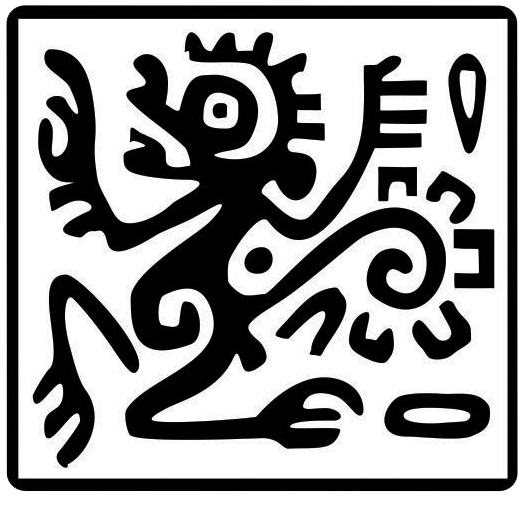Albinism in a wild Caribbean night monkey (Aotus griseimembra) in a fragmented landscape in Colombia
Abstract
Albinism results from the complete absence of melanin due to mutations in the OCA and TYR genes. This condition has been considered rare in primate species and could affect the survival and intraspecific interactions of individuals. The aim of this note is to report albinism in a wild individual of the Caribbean night monkey (Aotus griseimembra) in a fragmented landscape in Santander, Colombia. During 2020 and 2021 we visited the sleeping site of a Caribbean night monkey social group that inhabits a small fragment of forest surrounded by pastureland used for livestock and palm crops. Within the social group we recorded a juvenile individual of unknown sex with evident albinism, which shares its sleeping site with 3 other individuals with normal coloration. Unlike diurnal species, records of albino individuals in nocturnal primates are scarce and have been null for New World night monkeys (Aotus spp.). Therefore, it is likely that, in these nocturnal species, albinism imposes additional survival challenges. There is a need to obtain ecological and genetic data to understand the origins and implications of albinism in the Caribbean night monkey.
Copyright (c) 2022 Therya Notes

This work is licensed under a Creative Commons Attribution-NonCommercial-NoDerivatives 4.0 International License.
THERYA NOTES is based on its open access policy allowing free download of the complete contents of the magazine in digital format. It also authorizes the author to place the article in the format published by the magazine on your personal website, or in an open access repository, distribute copies of the article published in electronic or printed format that the author deems appropriate, and reuse part or whole article in own articles or future books, giving the corresponding credits. The Creative Commons CC BY-NC-SD license is used.![]()










